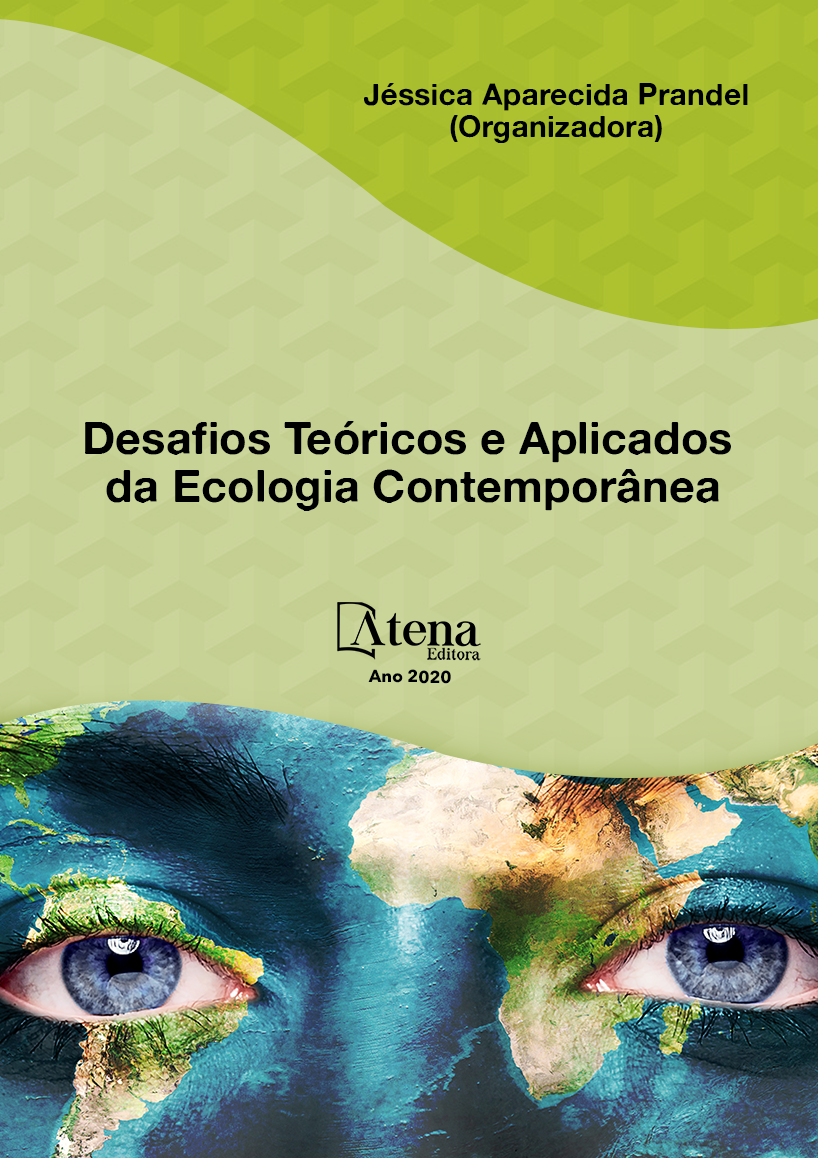
MAMÍFEROS DE MÉDIO E GRANDE PORTE EM UM FRAGMENTO DE FLORESTA ESTACIONAL SEMIDECIDUAL EM MINAS GERAIS
O estudo teve como objetivo inventariar as espécies de mamíferos de médio e grande porte ocorrentes em um fragmento de floresta estacional semidecidual secundário na Zona da Mata de Minas Gerais, fornecendo informações sobre ameaças e a importância da área à conservação da biodiversidade regional. Foram registradas 18 espécies, incluindo seis ameaçadas de extinção em algum nível, duas alóctones e uma doméstica, potencialmente causadora de impactos à fauna nativa. Perturbado por pressões relacionadas à antropização, o remanescente possivelmente não é capaz de manter populações viáveis em longo prazo. A riqueza em espécies ameaçadas indica que a área é crucial para a conservação da biodiversidade regional, sendo necessária sua proteção e o aumento da conectividade entre os remanescentes locais, visando garantir a viabilidade ecológica das populações.
MAMÍFEROS DE MÉDIO E GRANDE PORTE EM UM FRAGMENTO DE FLORESTA ESTACIONAL SEMIDECIDUAL EM MINAS GERAIS
-
DOI: 10.22533/at.ed.1722013017
-
Palavras-chave: Floresta Atlântica. Conservação. Espécies ameaçadas.
-
Keywords: Atlantic Forest. Conservation. Endangered species.
-
Abstract:
The objective of the study was to inventory medium and large mammal species occurring in a secondary semideciduous forest fragment in the Zona da Mata of Minas Gerais, providing information on threats and the importance of the area to the conservation of regional biodiversity. Eighteen species were recorded, including six endangered species at some level, two allochthonous and one domestic, potentially causing impacts on native fauna. Disturbed by anthropization-related pressures, the remnant is possibly unable to maintain viable populations over the long term. The richness in endangered species indicates that the area is crucial for the conservation of regional biodiversity, and its protection and increased connectivity between the local remnants are necessary to ensure the ecological viability of the populations.
-
Número de páginas: 15
- Rafael Rodrigues Sampaio
- Giovanne Ambrosio Ferreira
- Fabiano Aguiar da Silva
- Pedro Henrique Nobre
- Felipe Santos Pacheco


